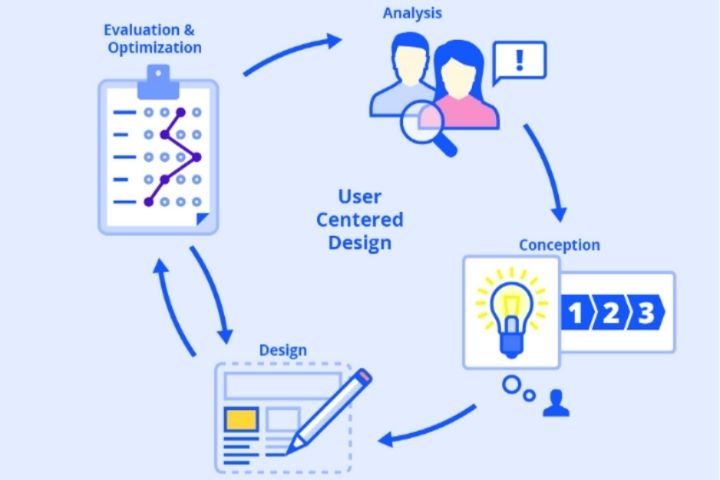We’re going to discuss new product design techniques in this article.
Companies that seek to dominate their markets need a continuous process of searching for the best techniques for time management. Many of these techniques have already clearly demonstrated their usefulness in practice and are currently widely accepted, while others are novel tools that will gradually take their place within the universe that constitutes business management.
There are various strategies to reduce time to market , but all of them rely on two basic pillars to achieve the goal set:
Create an organizational environment where change and innovation flow naturally.
Adopt the technologies that provide the members of the organization with the best tools to carry out their work.
Below we discuss some of the techniques that are having the greatest impact on the current management of the design and development process of new product designs.
Table of Contents
1.- Simultaneous Engineering.-
Simultaneous engineering owes its current boom to the success of its practical application in Japanese companies, especially in the automotive sector. Toyota was one of the first companies to apply it in the mid-1960s, Mazda introduced it in the late 1970s, and Nissan did not do so until the mid-1980s. Regarding its application in Western companies, General Motors and Ford introduced simultaneous engineering in their processes in the late 1980s.
This technique is based on overlapping the different activities to achieve a reduction in time to market . The effects of this overlapping of activities can be clearly observed in the following figure, where two projects carried out in the electronics and telecommunications sector of the United States are compared, one of a traditional or sequential nature and the other of a flexible or simultaneous nature There are several product designs over the years.
Simultaneous engineering is generally associated with the overlap of the activities of design, development and manufacture of new products, however, this simultaneity of activities can be extended to the rest of functional areas, appearing what is known generically as simultaneous management of activities .
We can define simultaneous engineering as a design philosophy that promotes collective and integrated efforts of a certain number of teams involved in the planning, organization, direction and control of all activities related to products and processes, from the generation of the idea until the completion of the product designs, so that:
- Available designs, manufacturing means and information technologies are efficiently used.
- Teamwork is emphasized.
- Redundancies and activities that do not generate added value are eliminated.
- Integration in the company is promoted.
- Consumer requirements and quality are taken into account from the design of the product.
2.- Design For Excellence.-
Every product has to satisfy or fulfill several objectives: to function according to the wishes of the client, to be easy to assemble, to maintain and repair, to test, to dispose of it and many others. Successful companies must consider all of these goals early in the design process.
To achieve this objective, the so-called Design for Excellence or Design for Excellence (DFE) arises , which encompasses a series of product design techniques, whose objective is to manage the quality, cost and delivery time of the new product.
3.-Design For Assembly.
Design for Assembly or Design for Assembly focuses on simplifying the assembly process, thereby reducing the manufacturing cycle and improving product quality. To do this, this technique enables designers and engineers to systematically evaluate components and assemblies so that they are easy to assemble and manufacture.
It is about simplifying the manufacturing and assembly process as much as possible, so that possible errors in the process are avoided or minimized. To do this, components are designed so that they can only be assembled one way, thus eliminating the possibility of assembly failure.
4.-Design For Manufacturing.
This technique tries to facilitate the manufacturing process, simplifying the design of the new product by reducing the components that comprise it. This reduction in the number of components facilitates product reliability, lowers product life cycle costs, reduces the number of design engineering hours required, reduces purchases, inventories and space to store components.
5.-Design For Testing
The objective of this technique is to design a product in such a way that the tests, to which it will be subjected before its launch and manufacture, can be carried out easily and in the shortest period of time.
One of the possible ways to simplify these tests is to design the product in a modular way, so that each of the modules can be tested independently, with only a few tests being needed later to verify the correct integration of the different modules.

